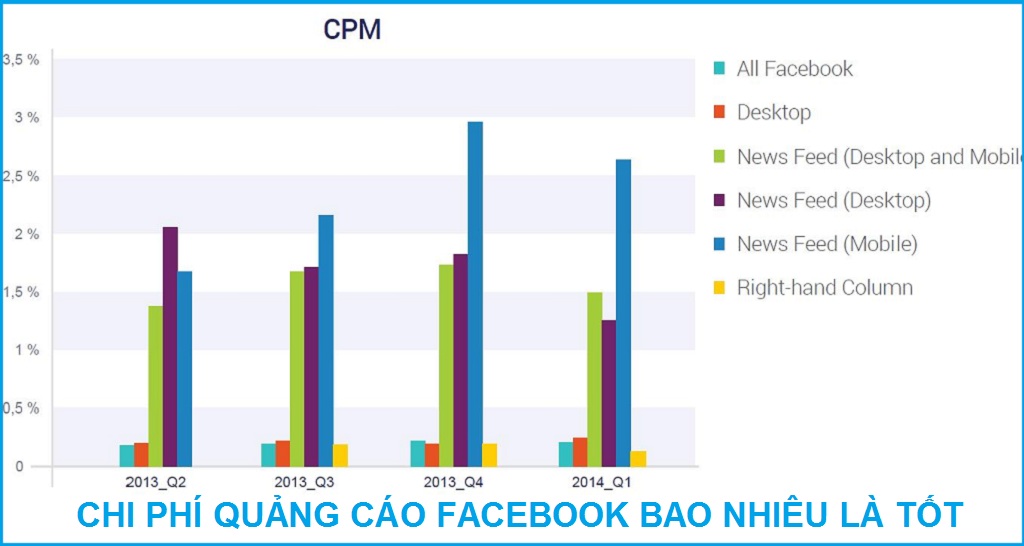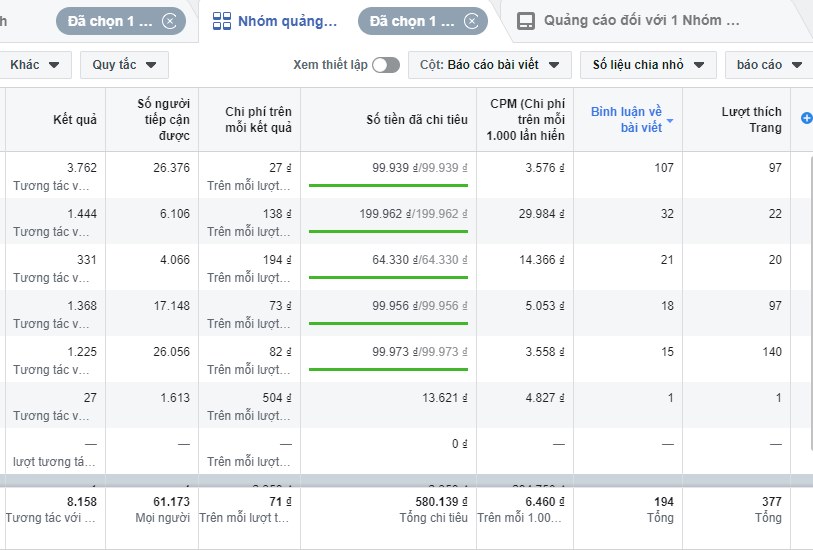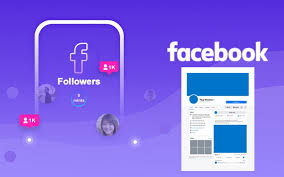Post map
ToggleA monthly task for Facebook advertisers is to finalize the budget for the coming month. To work effectively, users need to answer the question “How much is Facebook Ads Cost per Month?” However, Facebook does not have a fixed price list for you to apply. Facebook advertising operates on a real-time auction mechanism, so prices fluctuate according to campaign objectives, audience, display location, content quality, seasonality and location. However, you can build a realistic reference level to estimate and control monthly spending. In this article, Sóc lửa will help you understand how the platform charges, the latest average prices, and some discipline tools like payment thresholds and spending limits.
Why is there no “listed price list” for Facebook Ads Cost per Month?
Facebook (or more specifically, Meta) does not offer fixed-price advertising, but rather uses a real-time auction mechanism. Each time an impression becomes available, eligible ads “compete” for the spot based on the total combined value of the bid, the probability of the user performing the desired action, and the ad quality.
Therefore, a high-quality, relevant ad can still win at a lower cost than a high-bidding, but less relevant competitor. In terms of units, the two core metrics are CPM (cost per 1,000 impressions) and CPC (cost per click).
Depending on the campaign objective, the platform will optimize and charge accordingly. For example, awareness objectives usually look at CPM, while traffic/lead objectives look at CPC/CPL/CPA. However, if you track the cost summary reports over time, you can also see that these levels vary by quarter, shopping season and display location, so it is not considered a standard metric for all cases.
Facebook Ads Price List for Reference in 2025
That said, Facebook doesn't have a set price list, but you can use the most recent averages to get an estimate. Here's a Facebook Ads price list referenced from data sources updated in 2024–2025:
| Average index | Recent reference levels |
|---|---|
| CPC | ~0,69 USD/clicks |
| CPM | ~12,58 USD/1.000 views |
| CPL | ~8,68 USD/lead |
| Average CPC & CPM | CPC ~0,70 USD, CPM ~8–13 USD |
Please note that the above figures are not “listed prices”. These are reference points for you to estimate your budget and check against.
How to estimate Facebook Ads Cost per Month?

Step 1 – Estimate impressions based on budget or vice versa. With a reference CPM of $12.58, every 1,000 impressions is ~ $12.58. If you want to reach 100,000 impressions/month, the budget needs to be around $1,258. If you have a budget of $1,000, the estimated number of impressions is around 1,000 × 1,000) / 12.58 ≈ 79,500**.
Step 2 – The estimated CPC is derived from CPM + CTR. Taking CTR at a relative level of 1%, 100,000 impressions generate 1,000 clicks. With a total spend of $1,258, the CPC is approximately $1,258/click. This result is not a standard figure, but it is a level for you to compare when running ads.
Step 3 – Convert to a monthly budget. If your monthly goal is 150 conversions and you are confident that you can keep your CPL around $25, your estimated budget is around $3,750/month. Once you have run your ads for a while and have your own data, replace the reference number with the actual CPC/CPM/CPL to make your plan closer.
Measurement techniques to reduce Facebook Ads Cost per Month

A significant portion of the monthly increase in Facebook ad costs is due to lost measurement signals, which make the delivery algorithm less effective. In addition to the Meta Pixel, implementing the Meta Conversions API (CAPI) — which connects event data from your server to Meta’s optimization system — is often cited by third-party technology vendors and technical documentation as improving measurement, increasing event match rates, and thus reducing cost per result/CPA. Many independent technical guides (Adobe Experience League, Portent, Ignite Visibility) describe CAPI as an additional server-side pipeline that optimizes targeting and reduces costs due to data loss, and even cite Meta’s own internal research on cost reductions when combining Pixel + CAPI. For accounts with CAPI enabled, comparing event-match rates, data latency, and conversion windows after implementation often shows more stable monthly costs due to better input signals.
In addition to measurement infrastructure, display placement choices also directly impact monthly costs. Facebook Reels typically have the advantage of low CPM, wide reach, while Instagram Reels tend to have high engagement and lower CPM/CPC than Feed for awareness goals. Many brands use a combination to balance wide reach and deep engagement. If the goal of the month is reach with a limited budget, increasing the proportion of Reels (with vertical creative, quick hooks) is a practical way to drive down CPM while maintaining a stable engagement rate.
Frequently Asked Questions
If the “Sold To” account is located in Vietnam, from June 1, 2022, Meta will collect an additional 5% VAT and show it on the invoice. At the same time, Meta will self-declare and pay Foreign Contractor Tax (FCT) according to the new regulations, so businesses no longer have to deduct and pay on their behalf as before. Please check “Payment Settings” to ensure the tax code is displayed correctly on the document.
Emplifi’s 2025 benchmark report notes that Reels’ CPM and CPC are typically “softer” than Feed for awareness goals. Facebook Reels, in particular, is highlighted as a cost-effective option for expanding coverage thanks to its low CPM and large user base. This doesn’t mean Reels are always cheap for all goals, but it is a database for you to allocate more at the top of the funnel if your monthly goal is to reach a wide audience at a reasonable cost.



